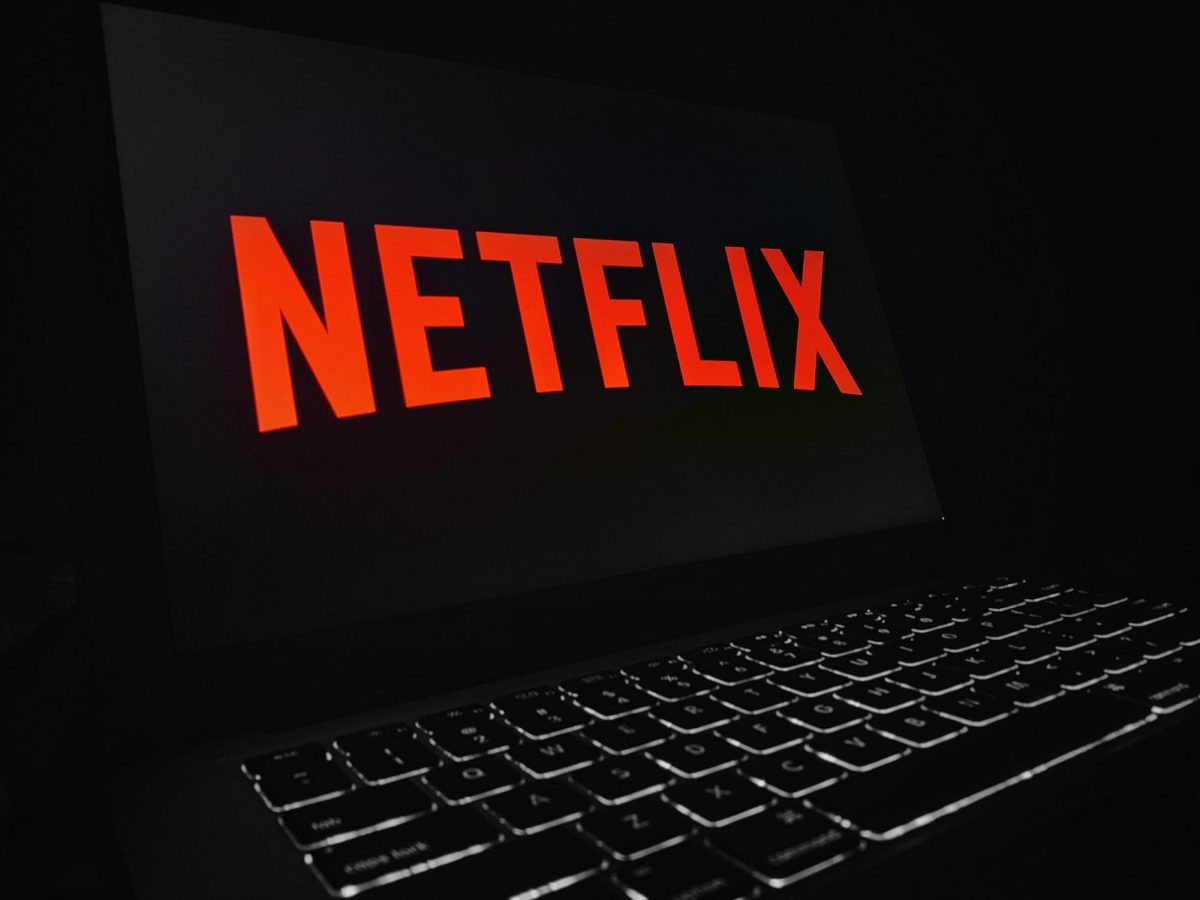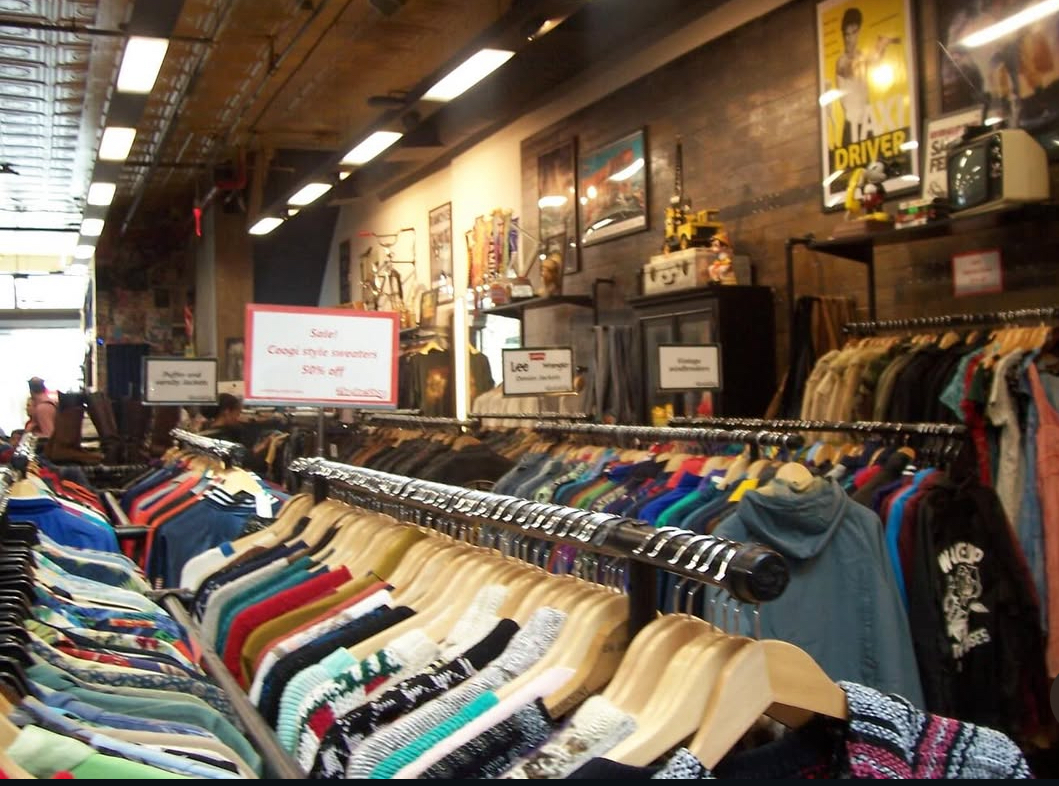On August 29th, 1997, Netflix was founded in Scotts Valley, California, as a mail-based DVD rental company; now, twenty-seven years later, it is one of the biggest on-demand streaming services in the world. Over the years, Netflix and its competitors have reshaped Hollywood and the film industry but have harmed consumers and creatives for the worse.
For streaming sites, it seems like profit matters more than creativity and the people who make the content. As time goes on, more and more content is released on streaming platforms. While many TV shows and movies used to be released on cable or in the theaters, now they are simply online behind a paywall. The companies behind these streaming services make a large profit off of the convenience but not the people who create the content the viewers consume.
Actors, writers, directors, and other people who work behind the scenes on film and television are not getting the same amount of money they got 15 years ago. In 2021, global attendance in theaters dropped by 4%. Many think streaming services are the cause. Either way, this means that box office sales are affected. Because of that, the income for actors and writers is less predictable and more sporadic. In addition, when streaming services license content from studios and production companies, the content creators tend to get less money from what they put hard work into. I believe that the people who work hard on our entertainment deserve payment for their creativity and art.
Remember the SAG-AFTRA strike that happened two years ago? That strike was a direct result of actors and mostly writers not making enough money from the TV shows they starred in. Before streaming took over television, most shows would run on network or cable television. When channels would play reruns of these shows, actors, and writers would receive residual payments. Tons of writers and actors rely on residual payment as a form of steady income. With streaming services quickly taking over, Hollywood residual checks have become less frequent for television actors and writers.
Many streaming sites push to create more and more content, but this stunts the creativity that artists put into film. Since the pandemic, companies like Netflix have started prioritizing “binge-watching” type content. For the people who make this content, this means they have to completely change how they make their art. Streaming sites tend to prefer long-term and episodic storytelling over movies. If streaming sites had it their way all that would be of Hollywood is TV shows and franchises. Films for the sake of art would be very rare.
This push for more content is also why television seems so repetitive recently. It seems like every major streaming service has the same shows with one or two slight changes. There is the “rich people are weird trope,” like in Glass Onion or The White Lotus. There is the “teenage girl is pursued by two brothers” trope like The Summer I Turned Pretty or My Life With the Walter Boys. A quote from a Time article sums this phenomenon up perfectly, “Every general-interest streaming service has a knockoff of every other platform’s breakout title or perennial favorite. But they aren’t just reverse-engineering one another’s hits; they’re also emulating one another’s ever-expanding mix of content.”
One of the biggest pro-streaming arguments is that it’s “cheaper than cable.” Even if that was true five years ago, all of the major streaming companies are raising their prices. Many of these streaming sites that had no ads five years ago now have the same amount of ads as network television. If a customer does not want ads, they will have to pay extra. The average cable plan is $120 per month. If a customer were to buy every major streaming service with no Ads, it would cost about $122.41 per month. Two days ago, Netflix announced that it would be raising its prices again.
Some may say this is a good thing and that it is nice to have so many choices. It is hard to keep up with all of the content these sites release personally. It seems like there is so much to watch but nothing to watch at the same time, and I know others feel the same way. It seems like these companies want to put out as much content as they can at the expense of real art. A quote from the same Time article expresses the same feeling. Author Judy Berman says, “As much as I enjoy bingeing The Circle in a half-asleep haze, I would never trade it for art that keeps me wide awake.”
On top of the surplus of content, streaming sites have gotten very comfortable with removing television from their platform with complete disregard for the fans and the artists that work on them. One big example of this happened to Max not too long ago. In early January, the streaming service Max removed “The West Wing,” a very well-known show loved by many. Eventually, Max put the show back on its platform because fans of the show were outraged by the sudden removal. If Max had not put the show back u,p there would have been nowhere to watch the show online without outright buying it, which would cost over seventy dollars for fans. This would also mean little to no residuals for actors and screenwriters. Max is not the only streaming site that takes off its content without remorse.
Paramount+ and Disney+ are both guilty of taking content off their platforms with nowhere else to watch. An NPR article features a writer talking about the experience of having a streaming service take down a show she worked on. A quote from the article reads, “When a writer works on a show that gets removed, ‘it’s soul-crushing,’ says Zoe Marshall, whose teen comedy Fantasy Football disappeared from Paramount+ despite an all-star cast and co-producers that included LeBron James’ company.” Both fans and artists are affected when shows are suddenly taken off of the platform. Even if the show may be available somewhere else, it is always behind another paywall.
As we move further and further away from physical media, we rely on companies like Netflix and Max to watch our favorite shows and films, and actors and writers rely on views to make a steady income. Moving forward, what can you do to help people in the film industry? What can you do to ensure we are getting quality content?































